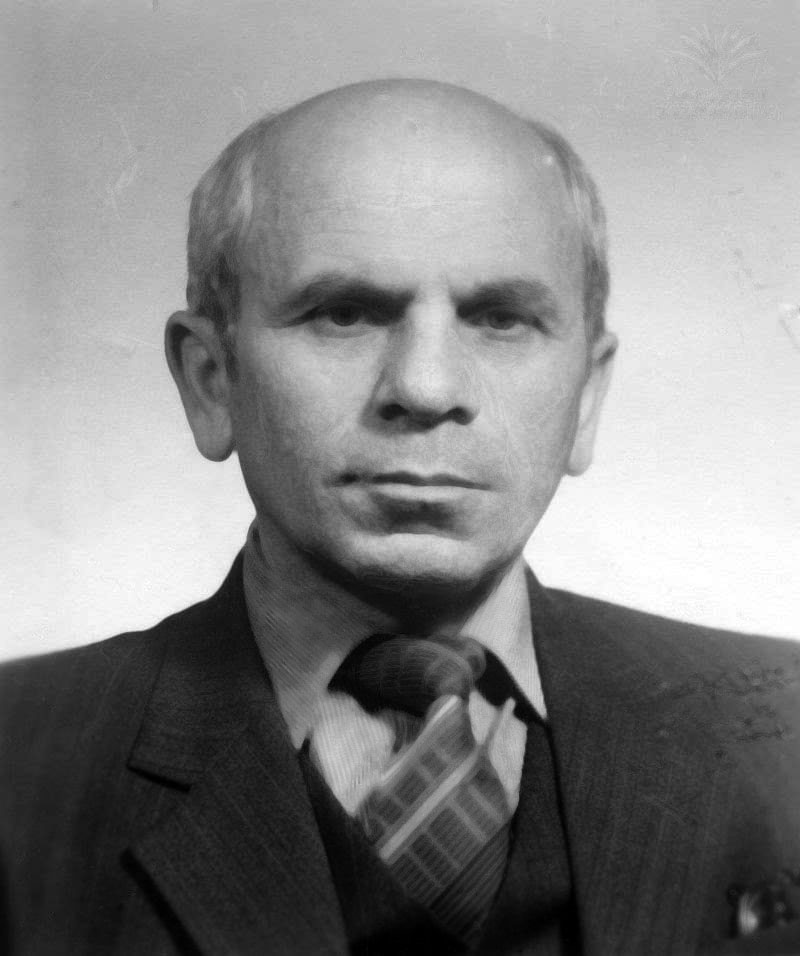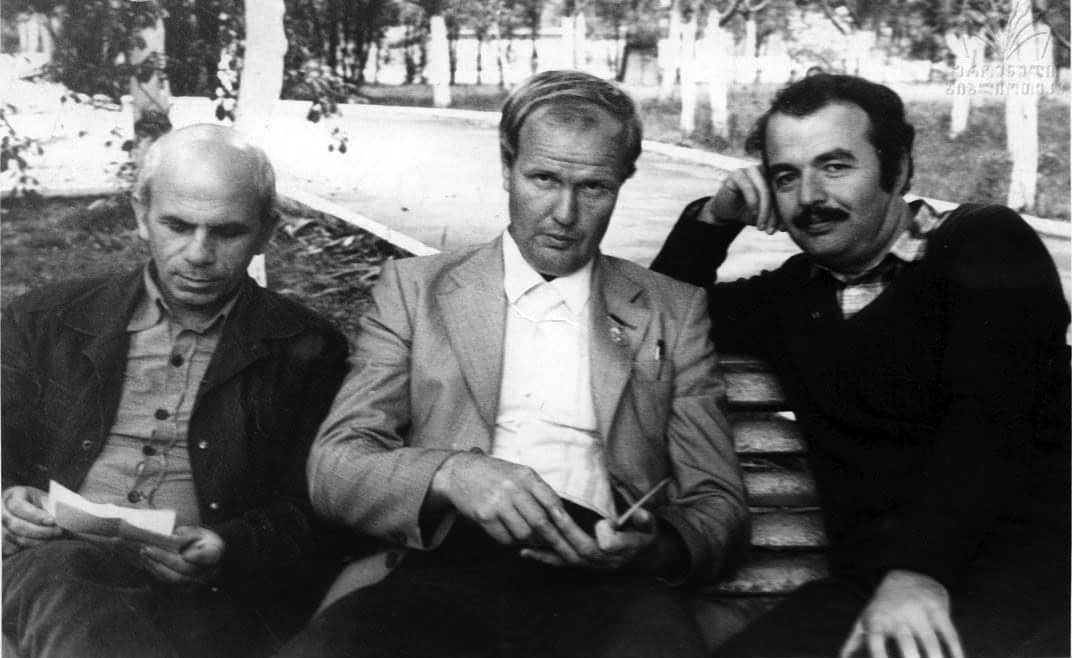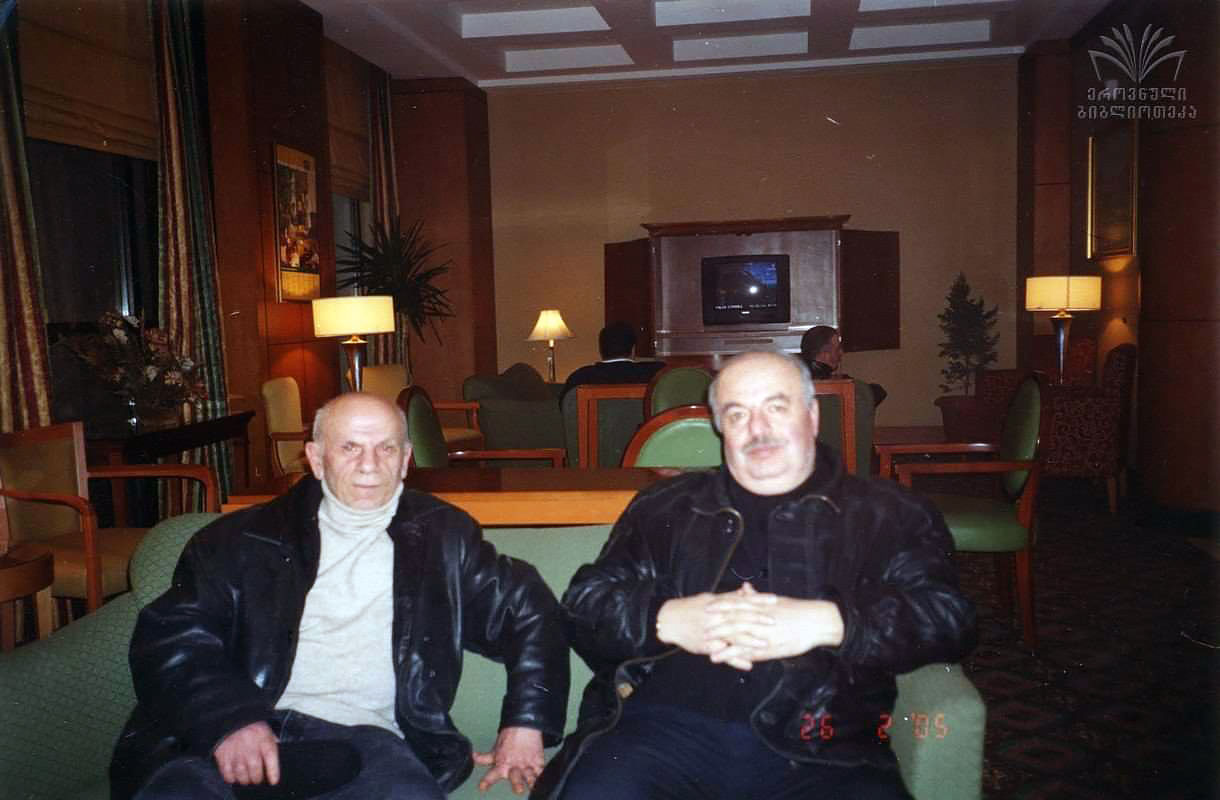.jpeg)

.jpeg)
“Chess, like love, like music, has the powers to make men happy.” —Siegbert Tarrasch
Tarrasch’s emblematic observation lacks the duality of existence, which we are taught about in Eastern spiritual readings, often times famously abbreviated into Yin and Yang. The beautiful symbol, representing the intertwined good and evil, light and darkness, shows us that chess necessarily also can portray the opposite spectrum of emotions, which would be sadness, anger, devastation.
 Those are the emotions felt when a friend dies, or someone you knew over many years — even if you only saw his writing and didn’t know him much personally, or just talked once or twice. Over the years, it happened again and again, in addition to the composers I admire but never knew.
Those are the emotions felt when a friend dies, or someone you knew over many years — even if you only saw his writing and didn’t know him much personally, or just talked once or twice. Over the years, it happened again and again, in addition to the composers I admire but never knew.
It was not five years ago that again a man died with whom I was in frequent contact, and while it was not as much on a personal level, rather “only” for chess, it was very sad to hear that one of my earliest (one-time) co-authors had passed away in November 2014: Iuri Akobia (pictured), born on 20 May 1937 in Georgia’s capital Tbilisi, who was for a long time one of the many top study composers and organizers of this Eastern Europe nation.
I don’t know much about the professional background of Iuri Akobia, and I don’t think we ever talked about it (and if we did, only briefly), so I can only go by the sources readily available.
According to the information on his website (archived versions: [archive.is], [Wayback Machine]) he was born in Anaklia (Georgia) on 20 May 1937, becoming a professional radio-physicist. The National Center of Radio and TV in Georgia was his workplace, from 1975 to 1996 as Chief Engineer, then he switched to Best Made Plastics Co. in Guangzhou, China (1996-2001), as General Manager. It is also there in China that the famous photo of Akobia in his office chair was taken.
Shortly after I first started publishing my studies in 2003/2004, Akobia was among the organizing team for the annual NONA endgame study tourneys, named after Nona Gaprindashvili and held by chess club NTN (Nona Tigran Nana) in Tbilisi. Early on, my only co-production with Akobia was created, including also my long-time co-author Martin Minski (Germany), which after a stormy introduction has a final point I still believe to be one of my best. You can see the study as number one in the replayable selection. Over the years, we exchanged some e-mails, usually restricted to me participating in Georgian tourneys, so I learnt not much about Akobia as a person, or even as a composer (although it was well-known that he was among the more famous contemporary composers, and the 1st prize by his countrymen Gurgenidze and Kalandadze for his 1997 jubilee tourney was an instant modern classic).
Being Georgian, Akobia adhered to the Georgian School about which I don’t know anything except it favours the material of kings, rooks and pawns only as well as the “malyutka” (“baby”) studies with five or fewer pieces. That said, Akobia used this as an inspiration, not as a constraint, and so also often showed other ideas that included queens or minor pieces.

(L to R) Iuri Akobia, Vasily Kozirev and David Gurgenidze | Photo: David Gurgenidze
Iuri Akobia often worked together with other composers, especially at first his countrymen but later, starting in the 2000s, also internationally, likely due to the proliferation of the internet (in this context especially the actual usage among chess composers is meant, as theoretical access via dial-up existed long prior) and thus the widespread use of e-mail services among chess composers. I remember that postal mail — just a letter with Fritz 6 printouts — took weeks to arrive from Germany to Georgia when I sent it once around the mid-2000s, proving impractical.
While it includes corrections, versions, modifications etc., the latest published database of Harold van der Heijden (hhdbv, October 2015) includes 817 entries with Iuri Akobia being the author or co-author, around a fifth of which has prizes attributed. The former number is around 1 percent of all entries in the database. As a comparison, the prolific Genrikh Kasparyan has 753 entries.

Iuri Akobia (left) | Photo: David Gurgenidze
Click or tap an entry in the list to switch positions
You probably know that you can move pieces on our replay boards to analyse and even start an engine to help you. You can maximize the replayer, auto-play, flip the board and even change the piece style in the bar below the board.
At the bottom of the notation window on the right there are buttons for editing (delete, promote, cut lines, unannotate, undo, redo) save, play out the position against Fritz and even embed the ChessBase game viewer on your website or blog. Hovering the mouse over any button will show you its function.

World Federation for Chess Composition (www.wfcc.ch)